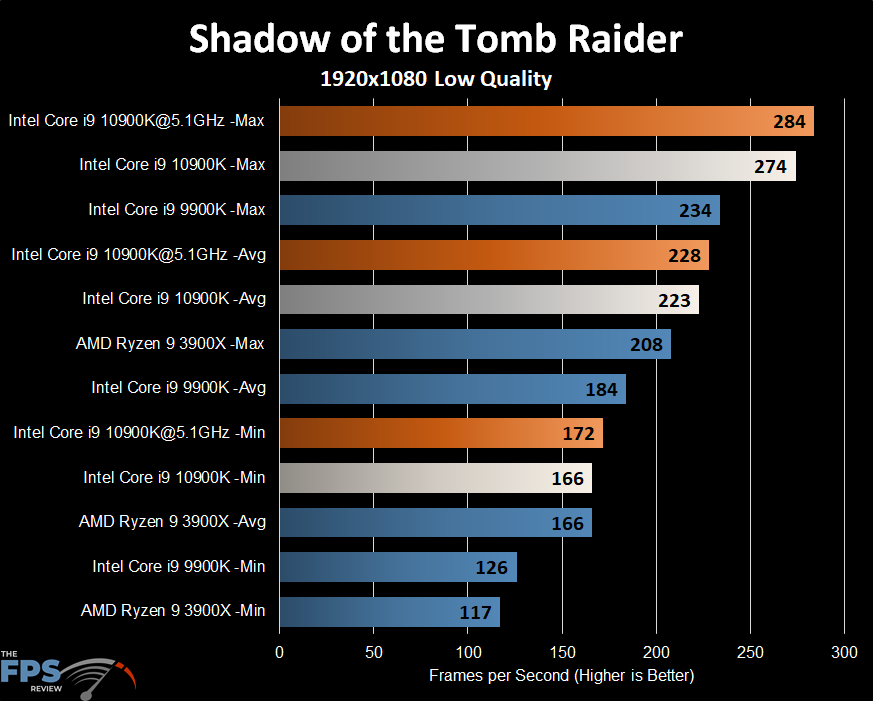Reviews are out and the winners are, all those who brought a 2080ti for £400, congrats guys!.
Where are they bringing it to? CEX?
Please remember that any mention of competitors, hinting at competitors or offering to provide details of competitors will result in an account suspension. The full rules can be found under the 'Terms and Rules' link in the bottom right corner of your screen. Just don't mention competitors in any way, shape or form and you'll be OK.
Reviews are out and the winners are, all those who brought a 2080ti for £400, congrats guys!.
Is it even possible to have two without being under water?
Thats winter heating sorted
Agreed, i have a feeling we've watched the same Youtube video. Nvidia cheaping out by using Samsung process may backfire if RDNA 2 is any good.
Only if you live in siberia or keep your PC in the fridge.Is it even possible to have two without being under water
If it's true then fair play to TSMC not giving in to the bullyboy tactics. It left Nvidia on an inferior node with clear power issues.
It's called a negotiation which any company will do!I think the same guy posted a video, or at least I watched one where it was claimed Nvidia tried to bluff TSMC for a lower price. They did the arrogant, "we are Nvidia and we will go elsewhere if you don't give us a better price than all your other customers". TSMC basically said "knock yourself out, we can sell all the 7nm wafers we can make".
If it's true then fair play to TSMC not giving in to the bullyboy tactics. It left Nvidia on an inferior node with clear power issues.
I dont think they are else you wouldn't get numbers like this at 1080p low settings in CPU benchmarks.They are both CPU limited at 1080p that's all. And anyone buying one of these for 1080p has to be mental tbh.

Quite an impressive uplift from the 2080 & 2080 Super cards.
Are you planning on getting two of those? How much power draw do you think will come from them?
Shows what a lead TSMC have over everyone else, I think. I did read or hear though, that nVidia's partnering with Samsung could actually drive Samsung forward, which would eventually mean less of a monopoly on the top tier of fabrication for TSMC. Could be a good thing long term if that is true. Not something I know a great deal about though, tbh.
Not really considering the A100 PCIe has double the transistors and only uses 250w.Actually, i would say it is the exact opposite.
Nvidia doubled transistor count from an already massive die and increased clocks while keeping power close (performance per watt improved).
The Samsung 8nm must be incredibly close to TSMC 7nm for these numbers, and all with a much cheaper and simpler process.
if you see the transistor density and clocks AMD achieved on 7nm then this lookd like a good move from Nvidia. The samsung 8nm must provide almost the same performance st much less complexity

